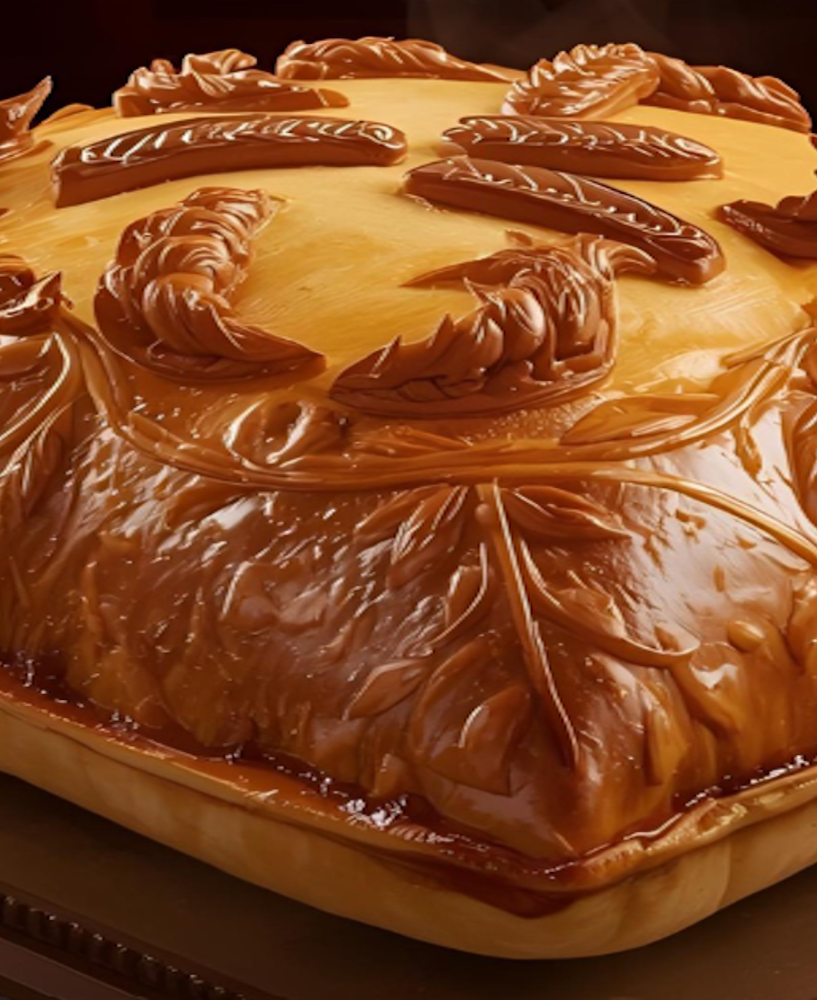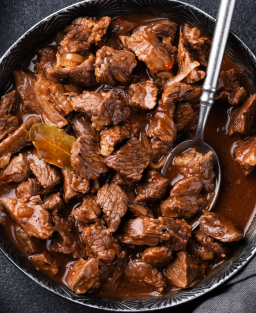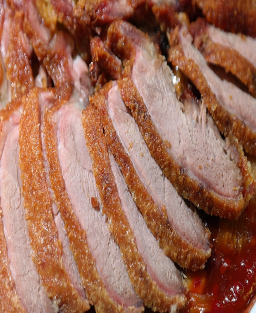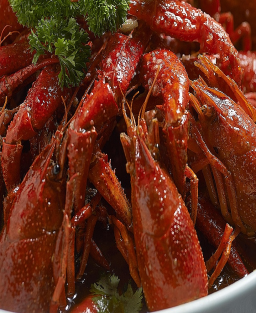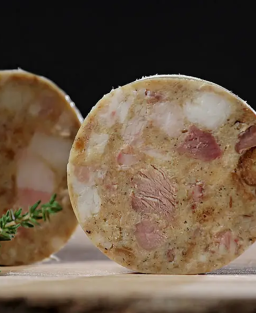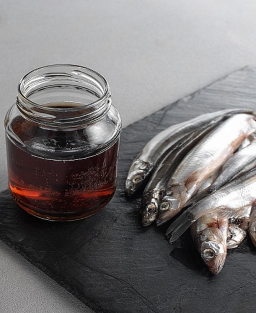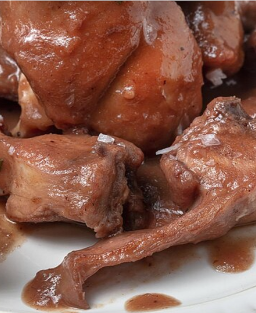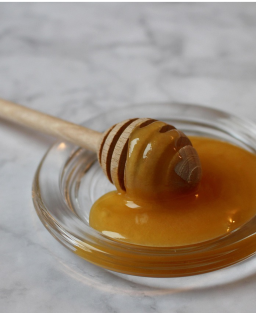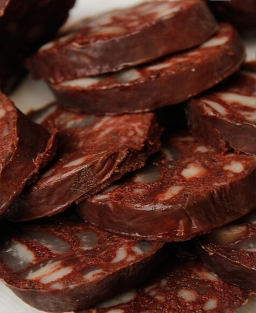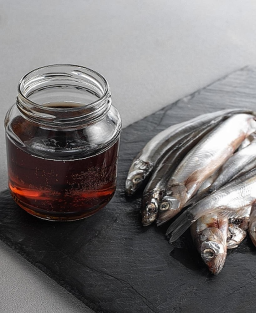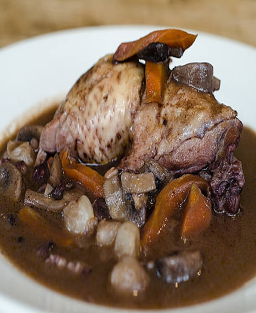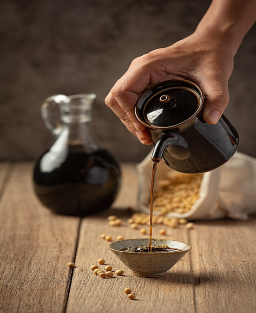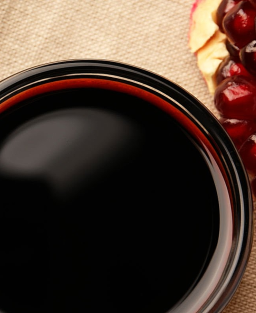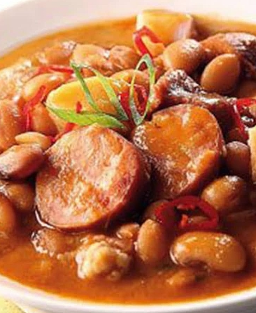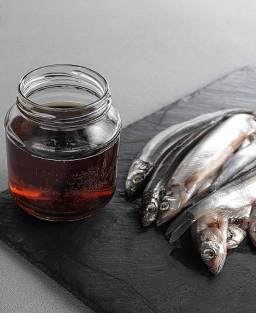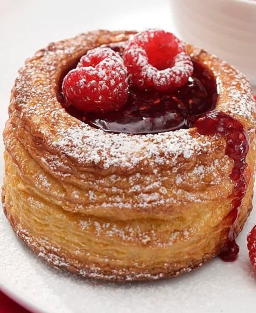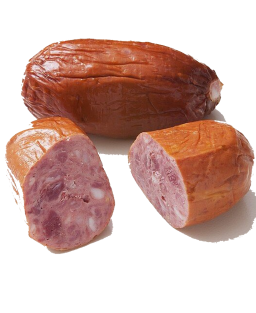Recipe of the Pillow of the Beautiful Aurore (pâté en croûte of fine meats and game)
Recipe of the Pillow of the Beautiful Aurore (pâté en croûte of fine meats and game)
Discover the traditional recipe of the Pillow of the Beautiful Aurore, a masterpiece by Antonin Carême combining fine meats, foie gras, truffles, and game in a golden puff pastry crust.
By Our Lady, here is a cushion of meat and marrow so fine that it is worthy of a king’s feast and the delight of delicate stomachs! Beneath its golden dome, a filling of feathered and furred game, selected poultry, morels or truffles according to the season, and duck foie gras, promises a banquet worthy of the highest lords. Legend has it that Monsieur Antonin Carême, great master of kitchens and architect of feasts, composed this masterpiece to celebrate the beauty and grace of illustrious ladies, and that its plump shape earned it the name “Pillow,” reminiscent of a silk cushion and exquisite softness.
Legend:
It is said that Antonin Carême created this pâté to celebrate the beauty and grace of Aurore Récamier.
What is known:
Carême loved to create highly elaborate and symbolic culinary pieces, often for notable personalities of his time.
The name “Pillow” for certain pâtés or assembled pieces comes indeed from their plump and soft shape, reminiscent of a cushion, matching the description in the legend.
Aurore Récamier, a famous woman of the early 19th century, was a social figure inspiring artists and gastronomes, though no direct historical source confirms that a “Pillow” pâté was specifically created for her.
Country / Region:
-
Country: France
-
Region: Rhône / Île-de-France
-
Recipe inventor: Antonin Carême
Marie-Antoine Carême (often called Antonin Carême, 1784‑1833) is considered one of the first great chefs of classical French cuisine. He codified and invented many recipes and techniques that structured French gastronomy. Among his famous inventions: assembled pieces, some classic sauces, and elaborate dishes for the high aristocracy and European sovereigns. -
Codified recipe: Yes (historical codification, not regulatory)
Historical brief (Carême):
-
Assembly of noble meats and game in a fine forcemeat
-
Insertion of foie gras and black truffles
-
Baking in butter-rich puff pastry
-
Madeira or Porto jelly
-
Presentation in a pillow shape
Recipe evolution:
In the 19th century, the Pillow was a show dish served hot at aristocratic buffets.
In the 20th century, it became a cold prestigious pâté en croûte, later revisited by artisanal charcutiers.
Today it symbolizes French gastronomic pâté en croûte, with lighter, aromatic versions.
Emblematic chefs and contributions:
-
Antonin Carême: codification of the original recipe
-
Arnaud Nicolas: modernization and balance between game and fine forcemeat
-
Gilles Vérot: artistic approach and melt-in-the-mouth texture
-
Yves-Marie Le Bourdonnec: highlighting French terroir and game
History:
Born at the turn of the 18th and 19th centuries, the Pillow of the Beautiful Aurore embodies the quintessence of French gastronomy and charcuterie at its finest. This masterful dish belongs to the large family of pâtés de chasse en croûte, culinary works of art initially served hot at court before becoming centerpiece items on aristocratic buffets.
Created around 1815 by Antonin Carême, the “king of chefs and chef of kings,” this sumptuous pâté pays tribute to Madame Aurore Récamier, friend of the famous gastronome Brillat-Savarin and iconic figure of First Empire elegance.
The name “Pillow” evokes the generous shape of the pâté, a golden, soft dome, filled with a noble assortment of meats and game.
Composed of a fine poultry and pork forcemeat, enriched with whole pieces of furred and feathered game, foie gras, and truffles, it was traditionally prepared in autumn or winter, following the hunting and mushroom seasons. Each aristocratic or bourgeois household had its own version, reflecting the terroir and the cook’s skill.
Over time, the Pillow of the Beautiful Aurore evolved from a royal feast to a charcuterie masterpiece, symbolizing virtuosity and tradition. Today it remains a reference in competitions of the Confrérie du Pâté en Croûte d’Exception, celebrating French know-how, precision, and the subtle alliance of land and game flavors.
Recipe description:
A true monument of French gastronomy, the Pillow of the Beautiful Aurore presents as a luxurious puff pastry pâté, golden to the fine edge, enclosing a universe of flavors where terroir and refinement unite.
Its filling consists of the finest feathered and furred game, paired with fine poultry and delicately seasoned pork forcemeat. Depending on the season, fresh morels (September–November) or black truffles (January) are added, along with generous pieces of duck foie gras.
Everything is carefully enclosed under a golden dome, as large as a pillow, slow-cooked to reveal a noble and aromatic mosaic, simultaneously tender, powerful, and delicate.
Traditionally served cold and sliced, accompanied by Madeira-flavored jelly to enhance the aromas and highlight the richness of its filling. This culinary masterpiece, combining technical rigor and artistic inspiration, remains a vibrant tribute to Antonin Carême’s genius and the elegance of French haute cuisine.
Ingredients:
Traditional filling (Carême):
Veal, pork, chicken, duck, pigeon fillets; furred game pieces: hare, roe deer, wild boar depending on season; foie gras; black truffles; veal tongue; veal sweetbreads; Bayonne or Parma ham; lardons (for binding); fine poultry forcemeat enriched with quenelle mixture and Madeira; butter puff pastry.
Modern version (gastronomic revisited):
Contemporary chefs (Arnaud Nicolas, Gilles Vérot, Yves-Marie Le Bourdonnec) retain the structure but lighten the forcemeat.
Preparation:
Technical objectives:
Produce a puff pastry pâté (“Pillow of the Beautiful Aurore”) including:
-
Fine forcemeat (quenelle mixture) emulsified
-
Inserts / whole pieces of meat and game (poached or seared)
-
Foie gras and truffle as insert
-
Controlled baking with probe (core temp: 85 °C)
-
Gelée injection after cooking and resting to stabilize slices
Phase 0 — Procurement & hygiene:
Check temperature (<4 °C), use-by date, traceability.
Prefer quality-source meats: veal, farm pork, free-range poultry, legally sourced fresh game, duck foie gras.
Separate work zones, regular disinfection.
Ideal working temp: 6–10 °C.
Gloves, hairnet, clean clothes; follow HACCP plan.
Phase 1 — Trimming & cuts:
Trim membranes, nerves, excess fat.
Cuts: inserts 12–18 mm; forcemeat 8 mm then 3–4 mm; foie gras 15–20 mm; mushrooms 3–4 mm; lardons 8–10 mm.
Time: 40–60 min for 6–8 servings.
Phase 2 — Partial prep (pre-cook inserts):
Sear in hot pan; optional poach for tough game.
Time: 25–45 min depending on game.
Phase 3 — Fine forcemeat (quenelle mixture):
Grind 8 mm then 3 mm; season with salt, pepper, nutmeg, caramelized shallot, cognac/armagnac, cream, egg.
Emulsify; pass through 1–2 mm sieve.
Chill <12 °C. Time: 30–45 min.
Phase 4 — Assembly:
Roll pastry 3–4 mm; line mold if used.
Layer forcemeat, arrange inserts, place foie gras and truffle centrally; cover with remaining forcemeat; seal and glaze.
Time: 30–50 min.
Phase 5 — Baking:
Core temp: 85 °C.
Oven: 180 °C, gentle convection, low humidity.
Duration: 50–65 min depending on size.
Rest: 10–15 min before chilling.
Phase 6 — Cooling, jelly, maturation:
Gradual cooling; inject jelly 35–40 °C; rest 12–24 h.
Maturation 24–48 h (+3/+4 °C).
Phase 7 — Finishing & service:
Slice 8–12 mm; coat with jelly; rest 10–15 min.
Regional versions:
-
Lyon: more pork, poultry, truffles, no game
-
Burgundy: more game, Pinot Noir aroma
-
Modern competition: decorated crust, smooth forcemeat, central foie gras
-
Hunting: hare-roe deer mix, strong Madeira jelly
Tips:
Chill filling before assembly; use perforated tray; do not force steam; allow 24 h maturation.
Service:
Rustic: thick slices on silver plate
Gourmet: thin slices with jelly ribbon, herb salad
Recommended wines & drinks:
Reds: Chambolle-Musigny, Pommard, young Madiran
Full-bodied whites: Meursault, Chassagne-Montrachet
Spirits: aged Cognac or Armagnac for foie gras
Glossary:
-
Quenelle mixture: fine mix of poultry, egg white, cream
-
Pâté en croûte: charcuterie preparation in puff pastry, baked, usually served cold
-
Fine forcemeat: meat finely ground and sieved
-
Duxelles: sautéed mushroom mince in butter







